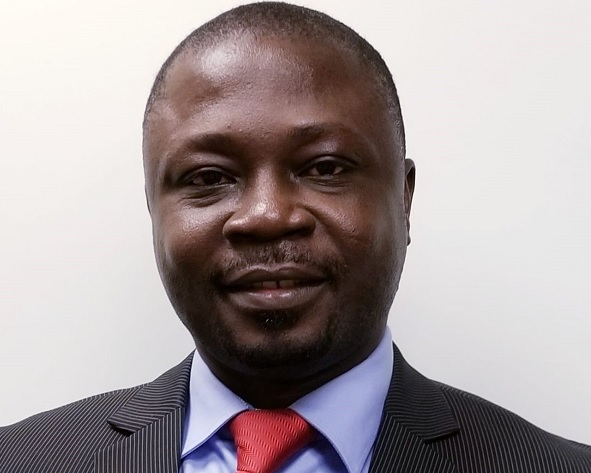After the controversial banking sector clean-up undertaken a couple of years ago, it is refreshing to learn that the country’s savings and loans sector is experiencing renewed public confidence – with deposit mobilisation rising by 39.4% year-on-year (YoY) to reach GH¢6,104.29million in 2024.
This strong performance underscores the sector’s growing role in financial intermediation and its importance to micro, small and medium-sized enterprises (MSMEs).
According to the Ghana Association of Savings and Loans Companies (GHASALC), the sector’s total assets increased by 30.6% – hitting GH¢9,632.13 million in December 2024, up from GH¢7,374.66million in the previous year.
Borrowing also saw a 27.2% increase – climbing from GH¢1,668.21million to GH¢2,122.60 million, reflecting continued reliance on external financing to fund loan portfolios.
Speaking at the 15th Annual General Meeting (AGM) of GHASALC, CEO Tweneboah Kodua Boakye observed that ongoing engagements with the Bank of Ghana have led to positive signals toward regulatory adjustments that could reshape the industry’s identity and structure.
Indeed, GHASALC believes these performance trends demonstrate the sector’s readiness to play an even greater role in inclusive economic development.
Mr. Boakye emphasised the importance of deepening financial inclusion, expanding digital delivery channels and building homegrown financial institutions.
The banking sector clean-up in Ghana, initiated in 2017, involved revoking the licences of 420 financial institutions – including 9 banks – to protect depositors and ensure stability for the financial system.
BoG revoked the licences of numerous financial institutions, including banks, savings and loans companies, microfinance companies and microcredit companies. Overall, the banking sector clean-up was a significant effort to address weaknesses in the financial system.
A former BoG Governor, Dr. Ernest Addison, explained at the 115th Monetary Policy Committee (MPC) press briefing that the micro-finance institutions – as well as savings and loan institutions shut down during the financial sector clean-up – had no assets.
“Most of them had just dissipated depositors’ funds and it was impossible to find what those resources were used for,” he stated.










